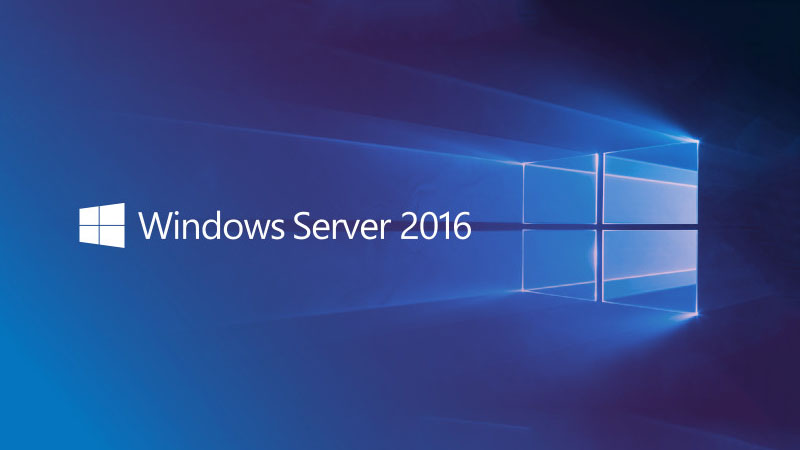Azure SQL Database is one of two ways organizations can leverage SQL Server in the Azure cloud. The other is SQL Server on Azure Virtual Machines (VMs), which uses an Infrastructure-as-a-Service (IaaS) model to host an instance of SQL Server.
Improved network automation was one of Microsoft’s goals during the development of the latest version of its flagship Windows Server 2016 operating system.
Database-as-a-Service (DBaaS) is a relatively new entry in the field of cloud-based deployment models, but it’s rapidly gaining in popularity.
Microsoft Azure IoT Suite is making it simpler for organizations to launch, manage, secure and scale their IoT environments.
Numerous studies show that organizations are rapidly adopting a hybrid cloud model. According to the Rightscale 2016 State of the Cloud Report, 82 percent of enterprises have a hybrid cloud strategy, and 71 percent have adopted a hybrid cloud. A 2015 Forrester Consulting survey of large multinational organizations found that 58 percent were already using some type of hybrid cloud.
A disaster recovery and business continuity plan is critical to any organization’s IT operations. By designing and implementing a viable strategy, organizations can ensure systems remain available during planned or unplanned maintenance and can be recovered in the event of a system failure. Azure Site Recovery Services (ASR) allow organizations to extend their business continuity and disaster recovery strategies to the Microsoft Cloud.
Azure is Microsoft’s cloud computing platform, providing a variety of service that can be used without purchasing or provisioning hardware. Azure enables the rapid development of solutions and provides the resources to accomplish tasks that may not be feasible in an on-premise environment.
Today, AdaptivEdge announced that Raul R. Perez II, will now take the role of Microsoft Systems Engineer for the company.
Today, AdaptivEdge announced that Alex Levin, will now take the role of Senior Microsoft Systems Engineer for the company.








